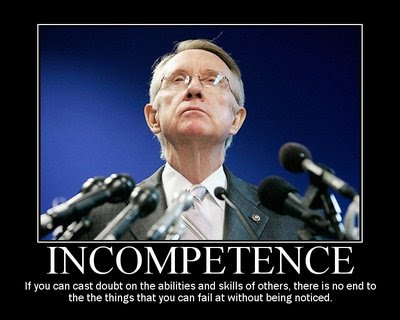
‘Mr. Whipple’ of Charmin Fame Dies at 91
Dick Wilson, the actor and pitchman who played the uptight grocer begging customers “Please, don’t squeeze the Charmin,” died Monday. He was 91.
The man famous as TV’s “Mr. Whipple” died of natural causes at the Motion Picture & Television Fund Hospital in Woodland Hills, said his daughter Melanie Wilson, who is known for her role as a flight attendant on the ABC sitcom “Perfect Strangers.”
Over 21 years, Wilson made more than 500 commercials as Mr. George Whipple, a man consumed with keeping bubbly housewives from fondling the soft toilet paper. The punch line of most spots was that Whipple himself was a closeted Charmin-squeezer.
Wilson also played a drunk on several episodes of “Bewitched,” as appeared as various characters on “Hogan’s Heroes,” “The Bob Newhart Show,” and Walt Disney productions.
The first of his Charmin commercials aired in 1964 and by the time the campaign ended in 1985, the tag line and Wilson were pop culture touchstones.
“Everybody says, ‘Where did they find you?’ I say I was never lost. I’ve been an actor for 55 years,” Wilson told the San Francisco Examiner in 1985.
Though Wilson said he initially resisted commercial work, he learned to appreciate its nuance.
“It’s the hardest thing to do in the entire acting realm. You’ve got 24 seconds to introduce yourself, introduce the product, say something nice about it and get off gracefully.”
Dennis Legault, Procter & Gamble’s Charmin brand manager, said in a statement that Wilson deserves much of the credit for the product’s success in the marketplace. He called the Mr. Whipple character “one of the most recognizable faces in the history of American advertising.”
After Wilson retired, he continued to do occasional guest appearances for the brand and act on television. He declared himself not impressed with modern cinema.
“The kind of pictures they’re making today, I’ll stick with toilet paper,” he told The Associated Press in 1985.
Procter & Gamble eventually replaced the Whipple ads with cartoon bears, but brought Wilson (as Whipple) back for an encore in 1999. The ad showed Wilson “coming out of retirement” against the advice of his golfing and poker buddies for one more chance to sell Charmin.
“He is part of the culture,” his daughter said. “He was still funny to the very end. That’s his legacy.”
He was born in England in 1916, the son of a vaudeville entertainer and a singer. He moved to Canada as a child, serving in the Canadian Air Force during World War II, and became a U.S. citizen in 1954, he told the AP.
In addition to Melanie, Wilson is survived by his wife, Meg; a son, Stuart; and another daughter, Wendy.


